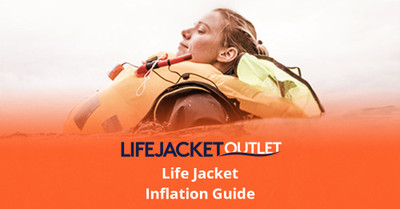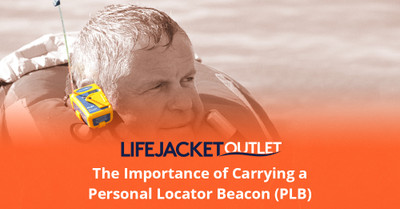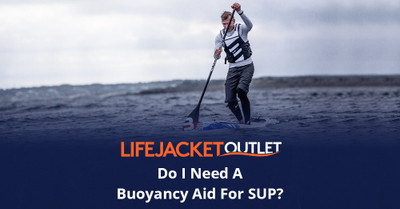12th Jun 2025
Life jackets are a vital part of water safety for both leisure and professional sailors. With so many styles and inflation mechanisms on the market, it’s important to understand the differences, especially when choosing the right option for your activity, environment, and level of experience. Whether you’re a seasoned sailor or a weekend paddleboarder, selecting the correct life jacket could save your life. In this blog post, we'll explore the various inflation technologies behind life jackets: automatic inflation, Pro Sensor, Hammar hydrostatic, manual inflation, and inherently buoyant foam life jackets.
Let’s start with the most commonly used type in modern yachting - automatic inflation life jackets. These are designed to inflate upon immersion in water. Inside the jacket is a small CO₂ gas cylinder that’s activated by a dissolvable element, usually a paper or salt-based trigger. When the life jacket is submerged, the tablet dissolves, releasing the firing pin and inflating the bladder within seconds. Automatic life jackets are popular for sailing and motorboating because they provide freedom of movement until they are needed. However, they do require regular inspection and maintenance, especially in damp environments where condensation might prematurely degrade the dissolvable trigger over time.
An advanced version of this mechanism is the Pro Sensor inflation system, which consists of a firing head that contains a dissolvable paper or salt-based tablet. When the life jacket becomes submerged, the water dissolves this tablet, triggering a spring-loaded firing pin. That pin punctures the CO₂ cylinder, releasing compressed gas into the life jacket's air bladder, which rapidly inflates.
For those who operate in environments where splashing is common or full submersion is rare - such as RIB operators, commercial fishermen, or those on fast rescue boats - the Hammar hydrostatic inflation system offers a significant advantage. Rather than relying on moisture or splashes to trigger inflation, the Hammar system uses water pressure. The mechanism is activated only when it’s fully submerged to a depth of around 10cm, ensuring that the jacket will not go off accidentally from rain or spray. This system is fully sealed to protect against corrosion and damp, which also reduces maintenance frequency. However, it requires more pressure to activate, which means it might not inflate in very shallow water unless the wearer is fully submerged. As a result, it’s often recommended for experienced users or those consistently working offshore.
In contrast to automatic systems, manual inflation life jackets rely solely on the user to activate them. These jackets are equipped with a pull cord that, when tugged, releases the CO₂ cylinder and inflates the life jacket. Manual options are popular among those who expect to get wet often but don’t want their jacket inflating unnecessarily - for example, kayakers, dinghy sailors, or powerboat racers. While they offer more control, the major drawback is obvious: if the wearer is unconscious or incapacitated, the life jacket won’t inflate unless someone else activates it. That makes manual life jackets best suited for strong swimmers and experienced water users who are unlikely to be caught off guard.
Lastly, foam life jackets, often referred to as inherently buoyant or solid life jackets, offer reliable and maintenance-free buoyancy. These jackets don’t rely on gas cylinders, triggers, or any mechanical system to function. Instead, they use closed-cell foam that naturally floats. Foam life jackets are particularly common for children, pets, and watersports users where frequent submersion is expected and simplicity is key. While they’re typically bulkier and less comfortable than inflatable types, foam life jackets have the advantage of being always ready - there’s no risk of mechanical failure, inflation delay, or expired cartridges.
Each life jacket type has its place, depending on conditions, user needs, and safety priorities. Automatic and Pro Sensor jackets offer rapid inflation with minimal user input, ideal for general boating. Hammar hydrostatic models are suited to professionals and those exposed to heavy spray. Manual jackets offer flexibility but require conscious activation, and foam jackets provide simple, fail-safe buoyancy without the need for ongoing checks.
Choosing the right life jacket is not just about staying legal or ticking a safety box - it’s about genuinely protecting your life and the lives of those around you. Make sure your life jacket is correctly fitted, regularly serviced (especially inflatable models), and appropriate for your activity. If you're unsure which inflation system is most suited to your requirements, contact us today - we're on hand to provide expert advice and guidance.



